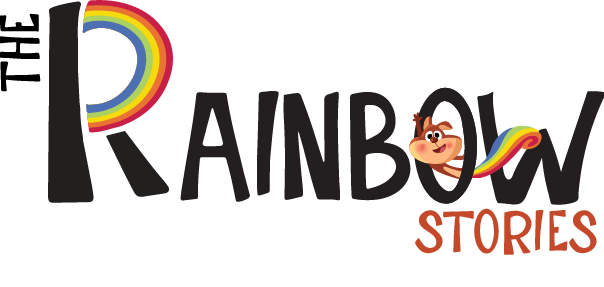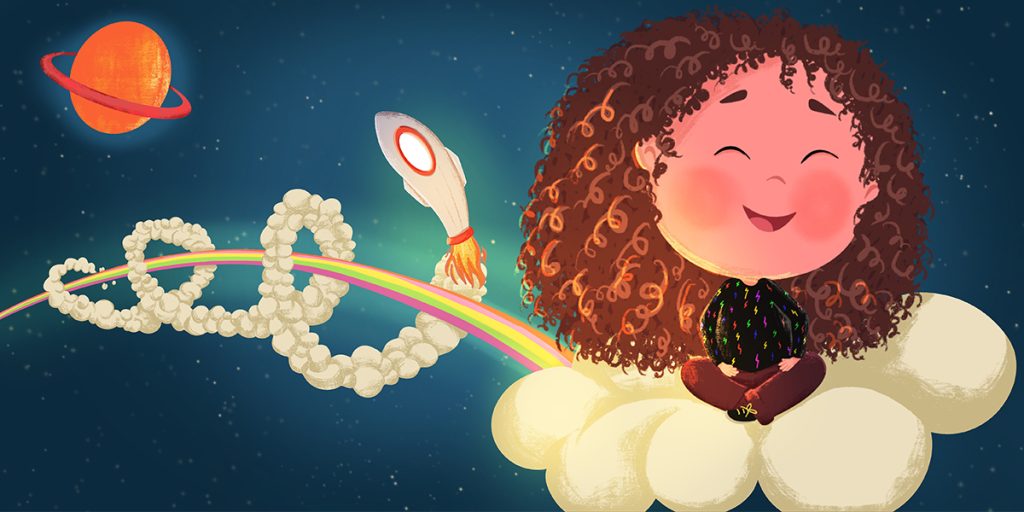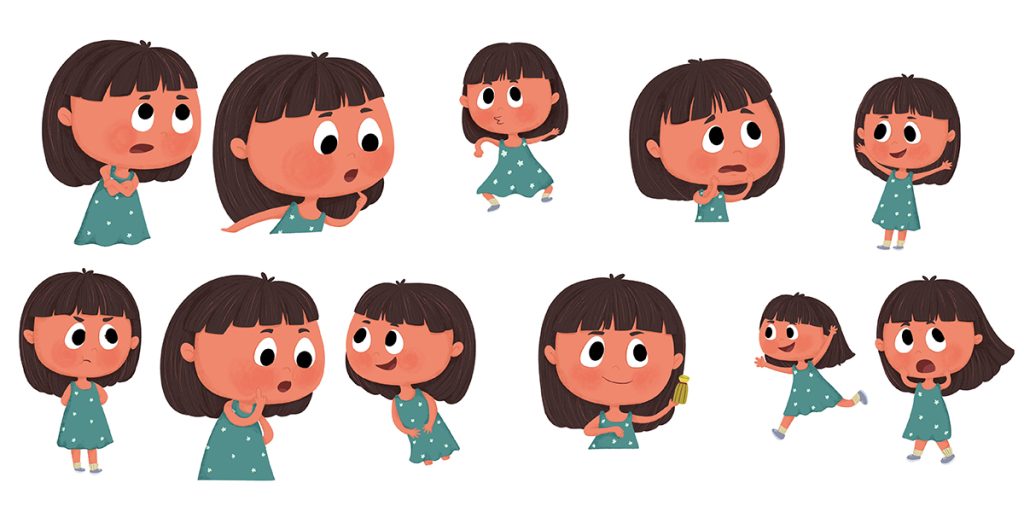Children’s book illustrations have long enchanted young readers through colorful imagery and lively character design for kids. In contrast, graphic novel illustration emphasizes sequential art vs single page art, creating immersive visual stories. This post explores what sets them apart — and how to illustrate a graphic novel versus a children’s book.
What Is Children’s Book Illustration?
Children’s book illustrations typically use single-page art or spot illustrations to complement text. The key is creating vivid, easy‑to‑follow visuals that boost comprehension and retention. These pieces often blend cartoonish or watercolor styles, with playful character design for kids. When you learn how to illustrate a children’s book, focus on strong, memorable poses and a simple color palette that appeals to young readers. Mediums range from traditional watercolor to digital painting.
To stand out in the industry, your work must reflect the kind of illustration consistency that publishers and art directors expect.
What Is Graphic Novel Illustration?
Graphic novel illustration is all about sequential art, where storytelling happens panel by panel. In graphic novels, the images are the narrative a cinematic flow of scenes paced through layout and page turns . Learning how to illustrate a graphic novel means mastering scripting, storyboarding, panel transitions, speech balloons, and dynamic layouts. The art styles can vary from bold noir tones to soft pastels, depending on mood and genre.
Narrative Style in Illustration
In terms of narrative style in illustration, children’s books rely on one large image per spread to set a tone, letting text carry much of the narrative. Graphic novels demand visual pacing: small panels, close‑ups, action shots, and silent moments. Where children’s illustrations speak in full-page storytelling, graphic novels use cinematic framing to manage emotion and momentum.
Color Palette Choices
Color choices differ sharply between the formats. Children’s books often feature bright, primary colors or pastels to appeal to young eyes and convey warmth or excitement. Graphic novels, on the other hand, rely on mood-driven palettes and shadowing to enhance drama. For children’s illustrators, understanding how color affects storytelling is essential.
Sequential Art vs Single Page Art
The core difference is sequential art vs single page art. Children’s books usually show one scene per page, reinforcing a single idea with rich detail. Graphic novels, on the other hand, string together multiple images in sequence — panels spanning action, dialogue, and reaction — to tell a continuous story. A wordless graphic novel like Shaun Tan’s The Arrival illustrates how powerful sequential storytelling can be.
Character Design for Kids
Character design for kids in children’s book illustrations leans playful: rounded shapes, exaggerated expressions, and friendly demeanor. Characters are designed to be relatable, easily identifiable, and appealing. For graphic novels, character designs must sustain reader interest over many pages, so consistency is key. Even stylized or gritty character design must maintain visual clarity across panels.
To improve your visual storytelling, check out these tips on building a strong illustration portfolio that reflects your style and narrative skills.
Overlaps & Hybrid Formats
There’s a growing trend toward hybrid formats. Some picture books adopt panel structures, introducing children to graphic novel illustration. Wordless picture books also blur lines with sequential visual storytelling . Learning how to illustrate a children’s book now often includes understanding pacing and panel layout, while writing a graphic novel may involve full‑page visuals reminiscent of picture books.
Process & Industry Perspectives
If you’re exploring how to illustrate a children’s book, you’ll work closely with editors and authors, focusing on tone, age‑appropriateness, and character development. The process typically follows script → thumbnails → sketches → final art. How to illustrate a graphic novel often starts with a full script, then thumbnails, lettering, sequential layouts, and finished art. In both fields, visual storytelling in books vs graphic novels demands narrative clarity and emotional resonance. The industry also differs: children’s book illustrators often collaborate with publishers; graphic novel creators may pitch complete proposals or self‑publish.
Want to see how visual storytelling comes to life across genres? Browse the inspiring projects at The Rainbow Stories
Choosing the Right Format
When deciding whether to pursue children’s book or graphic novel illustration, consider your strengths. If you love single, beautifully rendered images, bright palettes, and character design for kids, then focusing on children’s book illustrations could be ideal. If you’re drawn to storytelling through action sequences, pacing, mood, and panel-by-panel composition, then mastering graphic novel illustration is the way to go. Either path benefits from strong visual storytelling skills and a disciplined workflow.
Conclusion
Children’s book illustrations focus on single-page, character-driven visuals that support text and delight young readers. In contrast, graphic novel illustration turns art into the primary narrative structure through sequential art, dynamic layouts, and mood-rich palettes. Learning both disciplines — how to illustrate a children’s book and how to illustrate a graphic novel — enhances your storytelling toolkit. Whether you design friendly characters, plan panel flows, or choose emotive colors, both formats share a commitment to visual storytelling in books vs graphic novels. Choose your path based on narrative goals, audience, and your artistic strengths.







